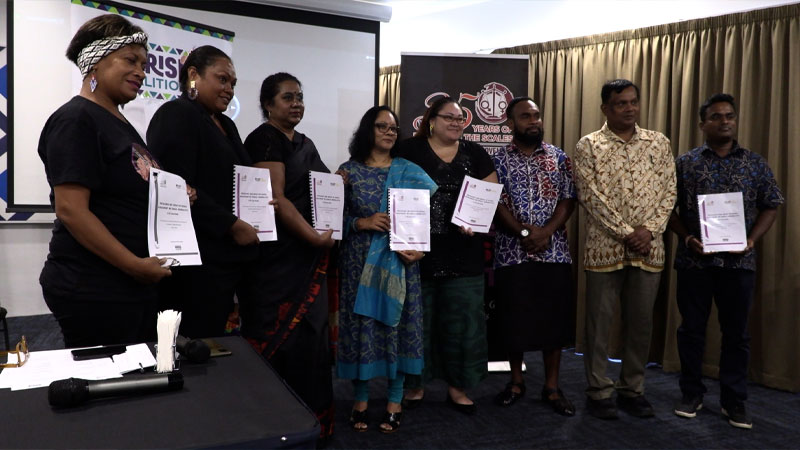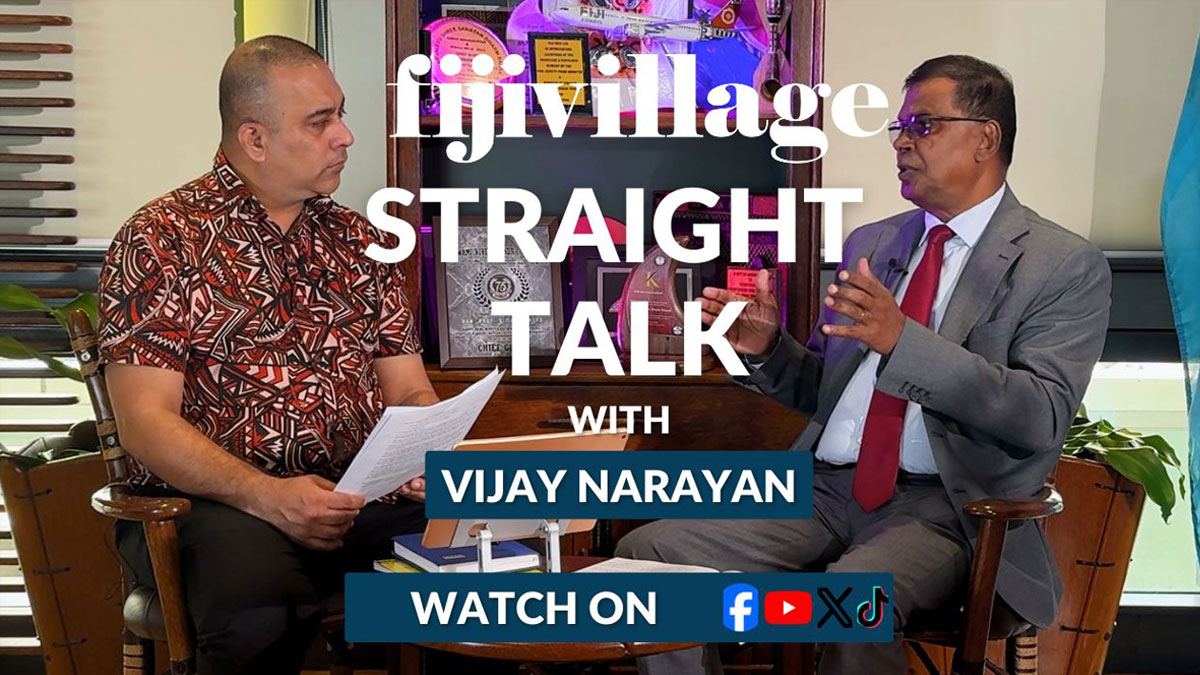
Businessmen followed by politicians and community leaders were the most common sources of harassment, according to a study on the prevalence and impact of sexual harassment on female journalists in Fiji.
The research by USP Journalism and Fiji Women’s Rights Movement included 20 current and 22 former journalists where the youngest was 22 and the oldest being 55-years-old.
This is the first time sexual harassment against female journalists and its impact has been researched in Fiji.
It has been found that the level of harassment at both the workplace and in the reporting field is high, with up to two-thirds reporting incidents occurring at least sometimes.
Researchers say the harassment is predominantly verbal but also very often gestural which is sexually suggestive body language or gestures, repeated winks, gestures with fingers and licking lips.
The study found that physical harassment is fairly common as well and that female journalists predominantly experienced comments about their dress and appearance besides crude sexual jokes.
Researchers say only 40% lodged complaints about sexual harassment that occurred in the workplace, in part due to feelings of embarrassment.
The study says of the cases that were reported, just over 50% resulted in a warning for the offenders, 17% in termination and 12% in suspensions.
Researchers also conducted in-depth interviews between 7th October and 11th November last year and of the 23 participants, there were 13 current and 10 former journalists.
This included senior, mid-career and junior-level journalists who had worked in Fiji’s major news media houses.
More than half the women part of the research said their experience of sexual harassment impacted on them professionally and mentally.
83% of the female journalists had experienced online harassment.
It was found that online harassment takes place predominantly on Facebook.
Researchers say while most offenders of online harassment are largely anonymous, others included news sources or contacts, government officials and political party affiliates.
The study found that political and government stories lead to the highest levels of online abuse, followed by stories about race and ethnicity as well as religion.
Most of the female journalists part of the research say they chose to ignore online harassment while others reported it or deactivated their account temporarily.
Most of them also said that their employers were not fully equipped to deal with online harassment.
One of the journalists part of the research recalled feeling ‘very uncomfortable’ when a ‘respected’ religious leader started calling her ‘darling’ while another journalist recalled being groped at a volleyball match by some men who made lewd comments.
Another journalist says she was offered expensive gifts by a very well known personality who invited her for Diwali and offered to buy her a dress for the occasion.
The study has recommended that all media organisations adopt a sexual harassment policy with well defined reporting mechanisms and implement it to the full.
It also says that media organisations should facilitate the creation of female-only safe spaces and support groups to discuss issues and incidences of sexual harassment.
The study also recommends that media organisations allow victims to lodge cases with an independent organisation like the Fijian Media Association to monitor how the cases are being handled.
Stay tuned for the latest news on our radio stations

